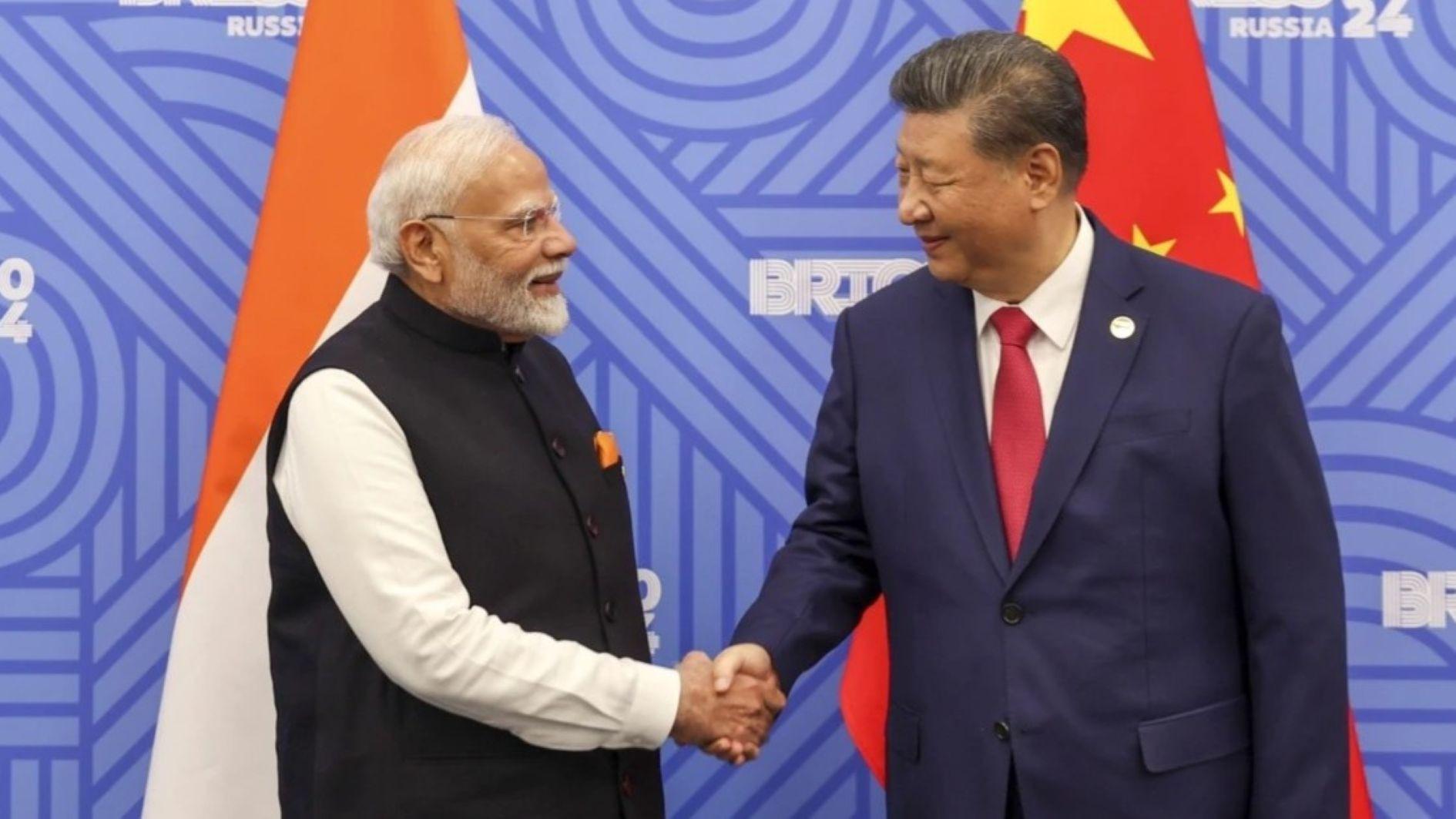
India and China are discussing resuming border trade five years after it was halted, foreign ministry officials on both sides have said, as U.S. tariffs disrupt the global trade order.
Past trade between the neighbours across the icy and high-altitude Himalayan border passes was usually small in volume, but any resumption is significant for its symbolism.
The two major economic powers have long competed for strategic influence across South Asia.
However, the two countries, caught in global trade and geopolitical turbulence triggered by U.S. President Donald Trump's tariff regime, have moved to mend ties.
Chinese Foreign Minister Wang Yi is expected for talks in New Delhi on Monday, according to Indian media, after his counterpart Subrahmanyam Jaishankar visited Beijing in July.
That, as well as agreements to resume direct flights and issue tourist visas, has been seen as an effort to rebuild a relationship damaged after a deadly 2020 border clash between troops.
"For a long time, China-India border trade cooperation has played an important role in improving the lives of people living along the border," China's foreign ministry said in a statement sent to AFP on Thursday.
It said the two sides have "reached a consensus on cross-border exchanges and cooperation, including resumption of border trade."
New Delhi's junior foreign minister, Kirti Vardhan Singh, told parliament last week that "India has engaged with the Chinese side to facilitate the resumption of border trade."
No restart date was given by either side.
Successive U.S. administrations have seen India as a longstanding ally with like-minded interests when it comes to China.
India is part of the Quad security alliance with the United States, as well as Australia and Japan.
However, ties between New Delhi and Washington have been strained by Trump's ultimatum for India to end its purchases of Russian oil, a key source of revenue for Moscow as it wages its military offensive in Ukraine.
The United States will double new import tariffs on India from 25 percent to 50 percent by Aug. 27 if New Delhi does not switch crude suppliers.
Indian foreign ministry spokesman Randhir Jaiswal told reporters that the partnership between New Delhi and Washington had "weathered several transitions and challenges."
Jaiswal said India hoped that the "relationship will continue to move forward based on mutual respect and shared interests."
He said India "stands ready" to support the efforts to end the Ukraine war and endorses the summit to be held between Trump and Russian President Vladimir Putin in Alaska on Aug. 15.
Prime Minister Narendra Modi, according to Indian media, might also visit China in late August. It would be Modi's first visit since 2018, although it has not been confirmed officially.
Beijing has said that "China welcomes Prime Minister Modi" for the Shanghai Cooperation Organization summit opening on Aug. 31.
Modi also said on Aug. 15 that India is seeking self-reliance with energy independence and the development of its own powerful defense systems, vowing to defend his country's interests "like a wall".
"Self-reliance is the foundation of developed India," Modi said.
"Freedom becomes meaningless if someone becomes too dependent on others."
"We know that we remain dependent on many countries to meet our energy needs", said Modi, leader of the world's most populous nation and its fifth-biggest economy.
"But to build a truly self-reliant India, we must achieve energy independence."
Modi urged scientists and engineers to focus on building key sectors and technologies including fighter jet engines, semiconductor chips and military hardware systems.
"We will have India-made semiconductor chips in the market by the year's end," Modi said.
He added that the country was also working towards building its own space station and would have a "defense shield" in the next decade, without giving further details.
In another development, China's retail sales and industrial production grew at a slower rate than expected last month, official data showed on Aug. 15, as the world's number two economy battles trade turmoil and persistent sluggish consumption.
Retail sales, a key gauge of consumer demand, grew 3.7 percent year-on-year in July, according to data published by the National Bureau of Statistics (NBS).
The figure fell short of the 4.6 percent growth forecasted by Bloomberg analysts, with July being the second month in a row of slowing consumption growth after June's 4.8 percent.
Industrial production for July was also below expectations, growing 5.7 percent year-on-year as opposed to Bloomberg's predicted 6.0 percent.